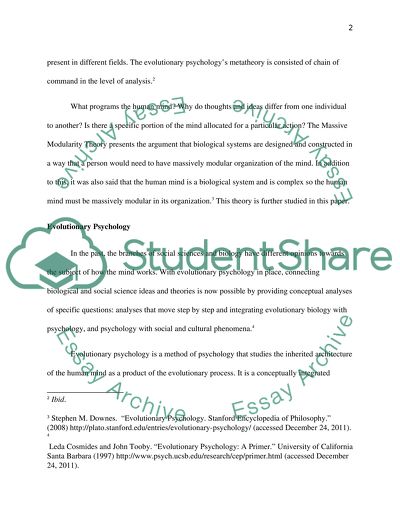Cite this document
(“The Massive Modularity Theory Essay Example | Topics and Well Written Essays - 2250 words”, n.d.)
Retrieved from https://studentshare.org/philosophy/1440155-outline-and-evaluate-the-evolutionary-argument-for
Retrieved from https://studentshare.org/philosophy/1440155-outline-and-evaluate-the-evolutionary-argument-for
(The Massive Modularity Theory Essay Example | Topics and Well Written Essays - 2250 Words)
https://studentshare.org/philosophy/1440155-outline-and-evaluate-the-evolutionary-argument-for.
https://studentshare.org/philosophy/1440155-outline-and-evaluate-the-evolutionary-argument-for.
“The Massive Modularity Theory Essay Example | Topics and Well Written Essays - 2250 Words”, n.d. https://studentshare.org/philosophy/1440155-outline-and-evaluate-the-evolutionary-argument-for.


